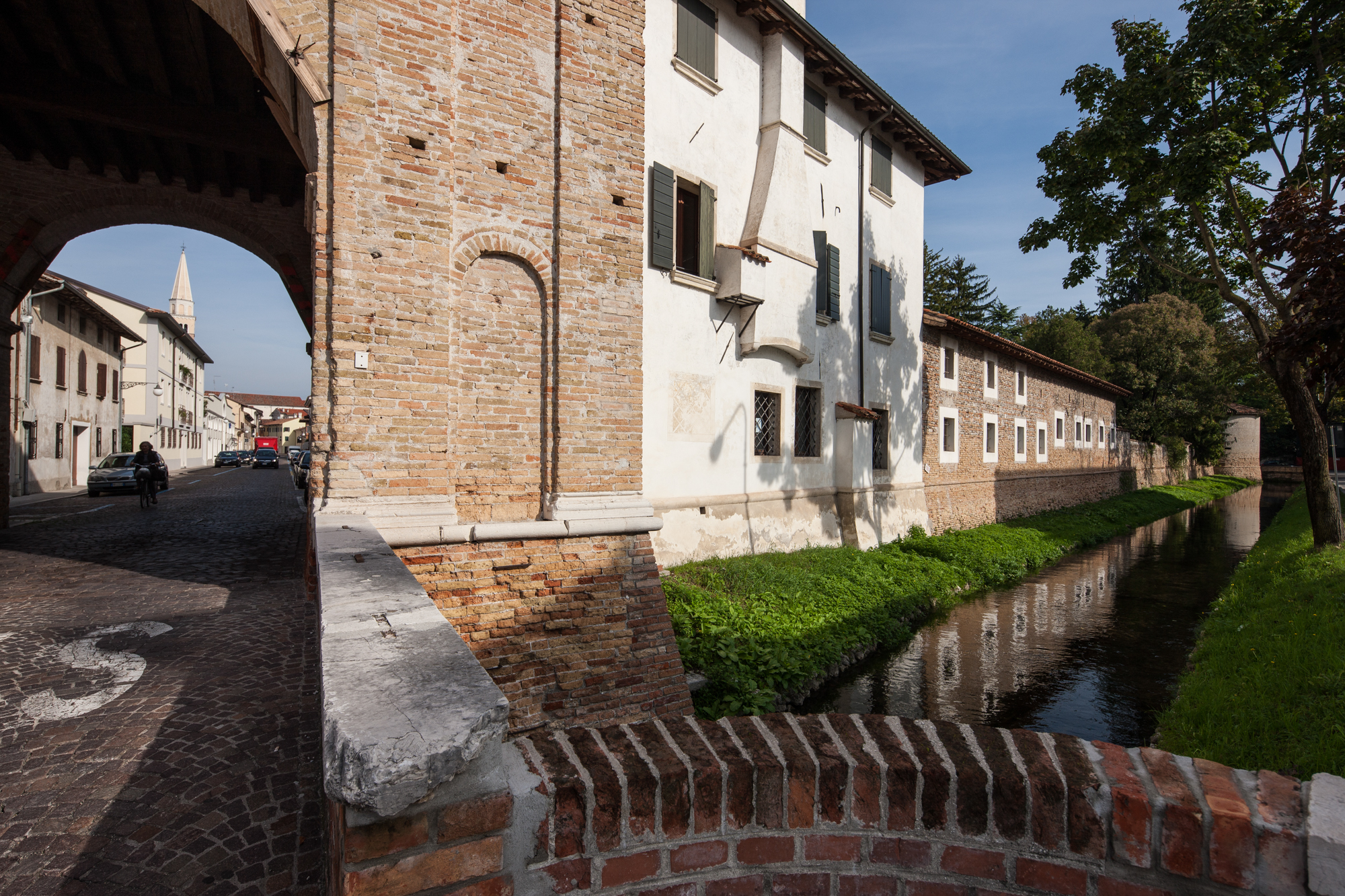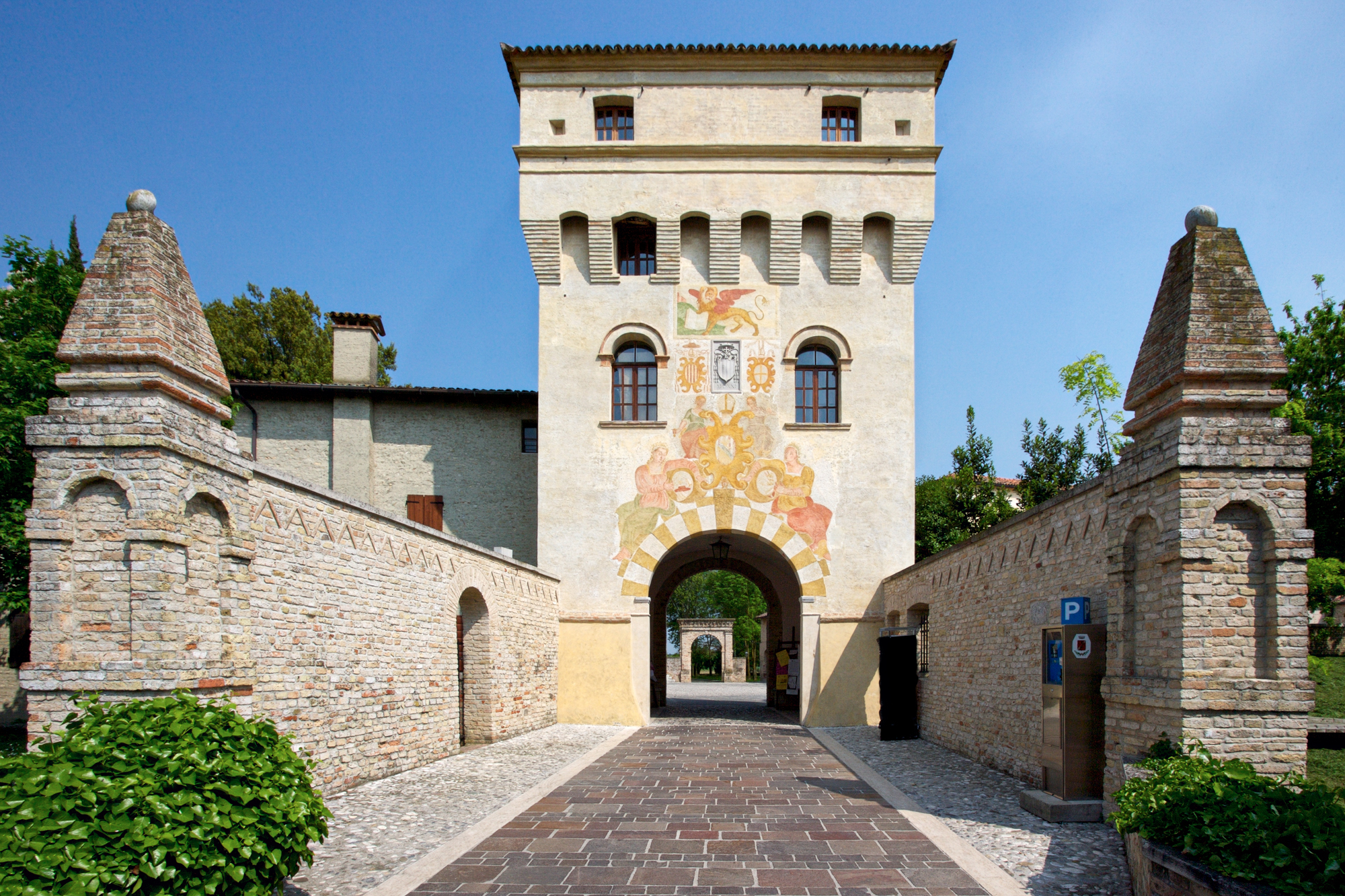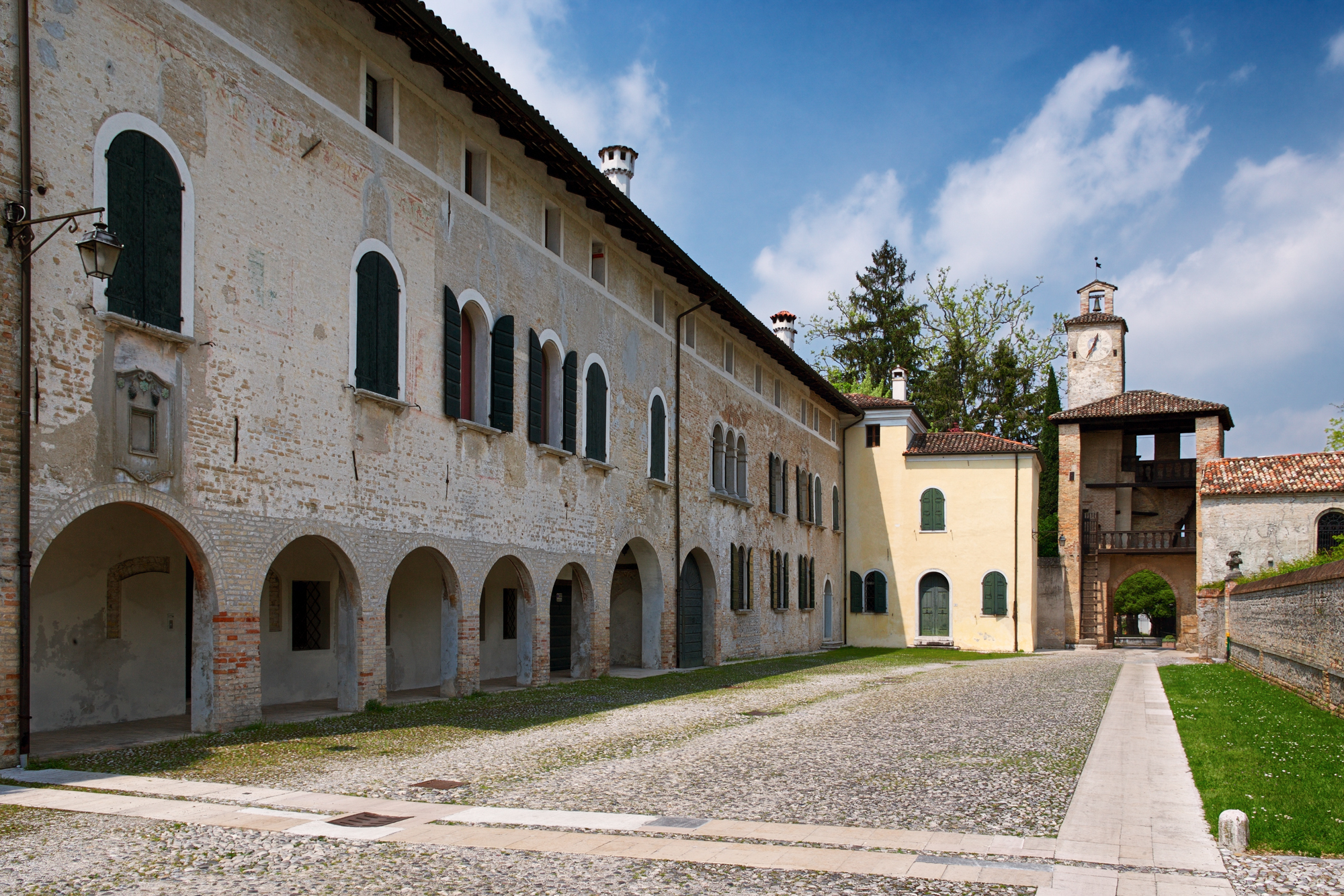
Credits Elio e Stefano Ciol
The charming town of San Vito al Tagliamento, as its name implies, is not far from the River Tagliamento. Its vicinity to this waterway is perhaps what facilitated the establishment of the prehistoric settlement that would eventually become the town.
In the middle ages, San Vito grew, becoming a relatively important centre as the Patriarch of Aquileia decided to build his castle here. As a result, fine buildings were erected, bringing sculptors and painters to the town for their decoration.
How to reach San Vito al Tagliamento from Lignano Sabbiadoro
By car

Take state road SR354 towards Latisana. Just before reaching Paludo, turn left on Via Mauro and continue down the road that flanks the banks of the River Tagliamento until you reach the traffic signal. Turn left and cross the bridge over the River Tagliamento. Immediately turn left in the direction of San Giorgio al Tagliamento. Pass Morsano al Tagliamento and continue on, following the signs for S. Vito.
Travel time: 45 minutes
7 things to see and do in and around San Vito al Tagliamento
1. The Loggia Pubblica and the GianGiacomo Arrigoni Theatre
Together with the bell tower, the former town council building, called the <Bold>Loggia Pubblica</Bold>, is the oldest architectural structure in the square. It stood next to a now-destroyed clock tower, which acted as a connection to the nearby palace (called the ‘castle’). Over the centuries, it was modified multiple times until taking on its final form in the 15th-16th centuries.
In the upper hall of the loggia, the theatre is shaped like a small, 19th-century Italian opera house. It was recently restored, staying true even to the smallest details, giving the city a magnificent location for performances, named after the local composer, GianGiacomo Arrigoni.

Credits Massimo Crivellari
2. The ‘Castle’
The origins of the old town of San Vito are linked to a fortified building, built as a simple defensive stronghold with its bastion walls, documented as early as the 13th century.
Similar to a noble palace, the Castle of San Vito was the seat of the powerful Patriarchs of Aquileia, turning it into one of their dwellings, subsequently becoming a residence of the noble Altan family. The fragments of frescoes that have been found within the building are quite fascinating, as are the 15th and 18th century decorations depicting the coats of arms of the nobility of San Vito and Friuli, and the sweet faces of two soldiers.
3. The Church of San Vito
The main church of San Vito, dedicated to Saints Vitus, Modestus and Crescentia, was built in the mid-18th century on the foundations of a 15th-century church at the behest of the last Patriarch, Daniele Dolfin.
Though characterized by a bare façade, a true gallery of art awaits on the inside of this church, from the triptych dated and signed by Andrea Bellunello in 1488 to the more modern devotional painting by Pomponio Amalteo titled ‘Sacra Conversazione’ (1533).
4. Museums
When in San Vito al Tagliamento, its two museums are worth a visit, different in their collections though equally interesting.
The Diogene Penzi Provincial Museum of Rural Life is housed in Palazzo Altan and holds a collection of objects coming from the plains and mountains of western Friuli from 1850-1950 circa.
The Federico de Rocco Civic Museum, located in the Torre Raimonda tower, is home to artefacts from the Mesolithic to the middle ages, wooden objects and a series of 15th-century frescos.

Credits Elio e Stefano Ciol
5. Near San Vito al Tagliamento: the Benedictine Abbey of Sesto al Reghena
Founded in the early 8th century, the Benedictine Abbey of Santa Maria in Silvys is found in the town of Sesto al Reghena.
Destroyed by the Hungarians in 889, the abbey was rebuilt and fortified, given the shape and features of a medieval castle with a defensive system made up of towers and moats.
At the historical Abbey in Sesto al Reghena, you can admire the basilica, the abbot's residence (now the town hall), the abbey's records office and the clergy house. Defined by its Romanesque-Byzantine style (three naves, an underground crypt and a raised presbytery), the basilica is decorated with a cycle of frescoes by followers of Giotto (1316-1320).

Credits Elio e Stefano Ciol
6. Near San Vito al Tagliamento: the hamlet of Cordovado and its castle
One of the Borghi più belli d'Italia (the Most Charming Villages in Italy), Cordovado is an ancient medieval town with a well-preserved historical centre: the castle, the area of the ancient parish church of Sant'Andrea and the 17th-century Sanctuary of the Madonna with the monastery of the Dominican friars, which connect the old village, located in a fortified area, to the ‘Borgo Nuovo’ (new town) built during the Renaissance.
7. Near San Vito al Tagliamento: the Pier Paolo Pasolini Centre in Casarsa
The beloved poet, writer, director and philosopher Piero Paolo Pasolini spent part of his childhood and subsequent summers in Casarsa, a place that was dear to him and often present in his work.
In Casarsa today, you can visit the Pier Paolo Pasolini Centre in Casa Colussi, the family home of Pasolini’s mother, the place where Pasolini lived and attended school during the years he spent in Friuli (1943-49).
In addition to housing a rich collection of documents and bibliographic materials and being the site of the museum's activities, the Pasolini Centre is also engaged in promoting the work and image of Pasolini through a wide range of initiatives.
